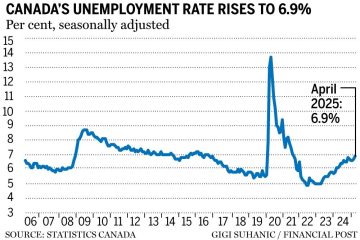Canada vs Finland: A Comparative Insight

Introduction
Canada and Finland, both renowned for their high quality of life, educational systems, and progressive policies, stand as two distinct yet admirable nations. Understanding the cultural, educational, and social differences between them provides essential insights into global standards and governance.
Culture and Society
Canada is a multicultural nation, celebrated for its diversity, with over 200 ethnic origins represented among its population. This cultural Mosaic allows for a rich blending of traditions and lifestyles. In contrast, Finland’s identity is more homogenous, with a majority Finnish-speaking population engaged in a unified national culture. However, both countries highly value inclusivity and social welfare.
Education Systems
Both nations possess world-class education systems but approach them differently. Canada’s education system is decentralized, allowing provinces to tailor their curricula to local needs. This results in variability in education quality and outcomes. Finland, however, is recognized for its standardized curriculum and innovative teaching methods. Finnish students enjoy shorter school days, less homework, and no standardized tests, leading to higher student satisfaction and engagement.
Governance and Policies
Canada operates under a parliamentary system with a constitutional monarchy, emphasizing federalism and provincial autonomy. In contrast, Finland is a republic with a highly centralized government structure that strongly impacts social services and welfare. Overall, both countries stress high levels of social trust and transparency, contributing to their societal well-being.
Economic Landscape
Canada’s economy is diverse, with strong sectors including natural resources, manufacturing, and services. It is also a member of influential trade partnerships, like USMCA. Meanwhile, Finland has a technology-driven economy, well-known for its innovations in information technology and sustainable practices. Rankings from international economic reports often place both countries amongst the most competitive worldwide.
Conclusion
In summary, while Canada and Finland differ in cultural makeup, education systems, governance structures, and economic strengths, they share similarities in commitment to quality of life and social welfare. As global citizens navigate the intricacies of these two nations, their ongoing interactions, especially in trade and cultural exchanges, hold significant potential for future cooperation and growth. Understanding these dynamics will equip readers with a clearer lens on both countries as key players on the world stage.









